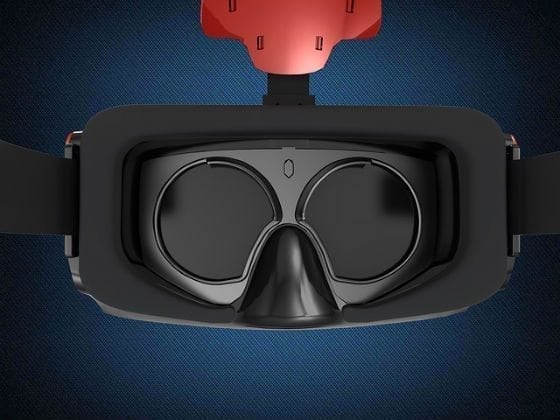Based on a recent article in The Guardian, virtual reality’s (VR’s) “tipping point for exponential growth is coming in 2019 to the early 2020s, with 250 to 300 million expected users worldwide.” Even though experts believe incorporating AR/VR into small/medium size businesses is a challenge, the successful adoption of virtual reality by top brands such as Hong Kong Airlines and Lionsgate is paving the way for other businesses who hope to get a seat at the table in the very near future. Evidence of this type of adoption is apparent when thinking about the internet, phones, printers, and other innovations that were once luxuries and novelties, but are now a normal part of everyday life. Eventually, tech will trickle down from the large companies to the common man, as it always does.

Some examples of VR early adopters in the small business sphere are real estate agents who have been using virtual tours as a tool for years. This technology can also be very important for visual/design-oriented businesses that rely on the consumer’s visual experience to sell a product and/or service. For example, in an e-commerce environment, VR could help solidify a purchasing decision by taking away uncertainty surrounding a product’s functionality and capabilities. Furthermore, VR can be used as a training tool for many jobs, allowing employers to immerse teams in virtual environments similar to those they’ll encounter on the job. Suffice it to say, there’s no doubt virtual reality can serve as a vital tool in helping businesses engage with customers, as well as employees, on a more intimate and emotional level.
There’s also the added benefit of saving money, which is often one of the main goals when running a small business. Imagine if significant resources didn’t have to be allocated to build a product which might not make a profit. Through the use of VR, product designers can first develop the product virtually and then make necessary changes to make the product more effective and successful in the long run.
Although the perks outweigh the challenges, the issue still remains that before VR can seamlessly become a mainstream technology, the following challenges need to be overcome:
Cost: Even though companies like Facebook have drastically dropped prices on the Oculus Rift virtual reality headsets to promote sales, small businesses and consumers are wary of allocating funds for this kind of hardware, especially since there’s the added cost of a high-powered PC to properly run many head mounted displays (HMD). There is, however, a light at the end of the tunnel, as companies like HTC and Mira are working on the solution; lightweight, easy-to-use, portable, and stand-alone HMDs that will give users the freedom of movement without encumbrance.
Compatibility: Although PC compatibility can sometimes be a barrier to using VR technology, companies like Microsoft, Google, and Samsung have joined the race to solve the problem by developing platforms that will make it possible for everyone to experience VR – anywhere, anytime.
Network: For seamless use, and in order to take advantage of all of the features of VR, a more advanced network is needed to ensure better quality video content. Even though countries like Australia have already begun developing new broadband networks like nbnTM, others still have a long way to go to develop such networks, and even longer until they make it available to small businesses and the public. However, this setback seems to only be temporary, as a new white paper released by the Alliance for Telecommunications Industry Solutions (ATIS) explains how augmented and virtual reality are the use cases that will drive new 5G network advances in North America.
Furthermore, ATIS sees both augmented and virtual reality “emerging as important technologies for entertainment and gaming” which also have “extensive professional applications” that have yet to be discovered in a variety of other professional fields including medical, education, commerce, and public safety. Even though there’s still trepidation on the part of small businesses to comfortably adopt virtual reality technology, brands like Facebook are leading the charge and paving the way for VR adoption by finding ways to perfect it. Case in point, Facebook will be introducing a new and affordable stand-alone VR headset in 2018, along with its own app store, which will in turn drive developers to create new and engaging content compatible with the new Oculus device. Improvements like these are examples that prove the future of VR/AR to be bright and promising.
Kimberly Cooper is the CEO and co-founder of Spatialand, a VR design platform and toolset for enterprise, brands, and consumers to create immersive content destinations. Learn more on the Spatialand website.
Featured image courtesy of Pixabay.










